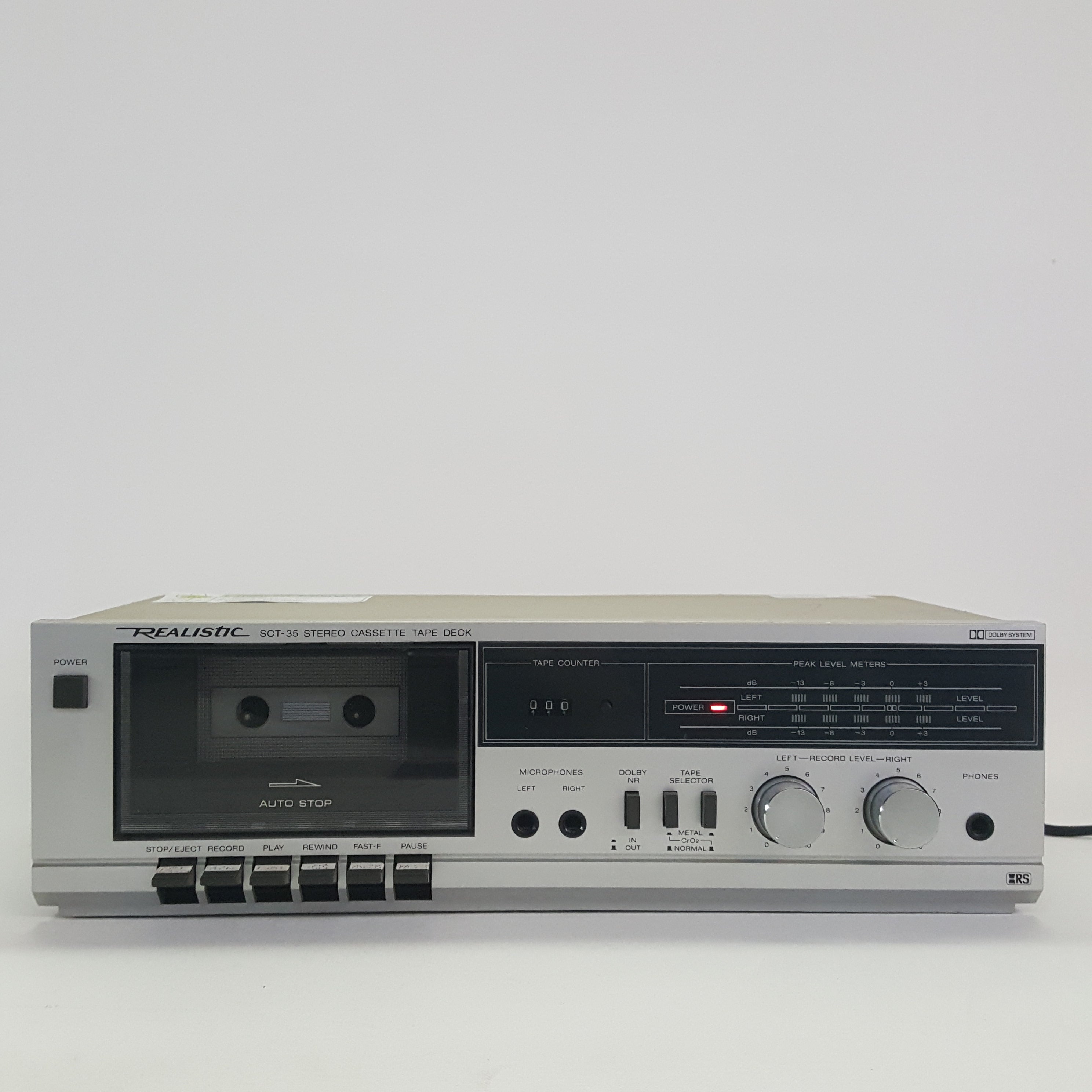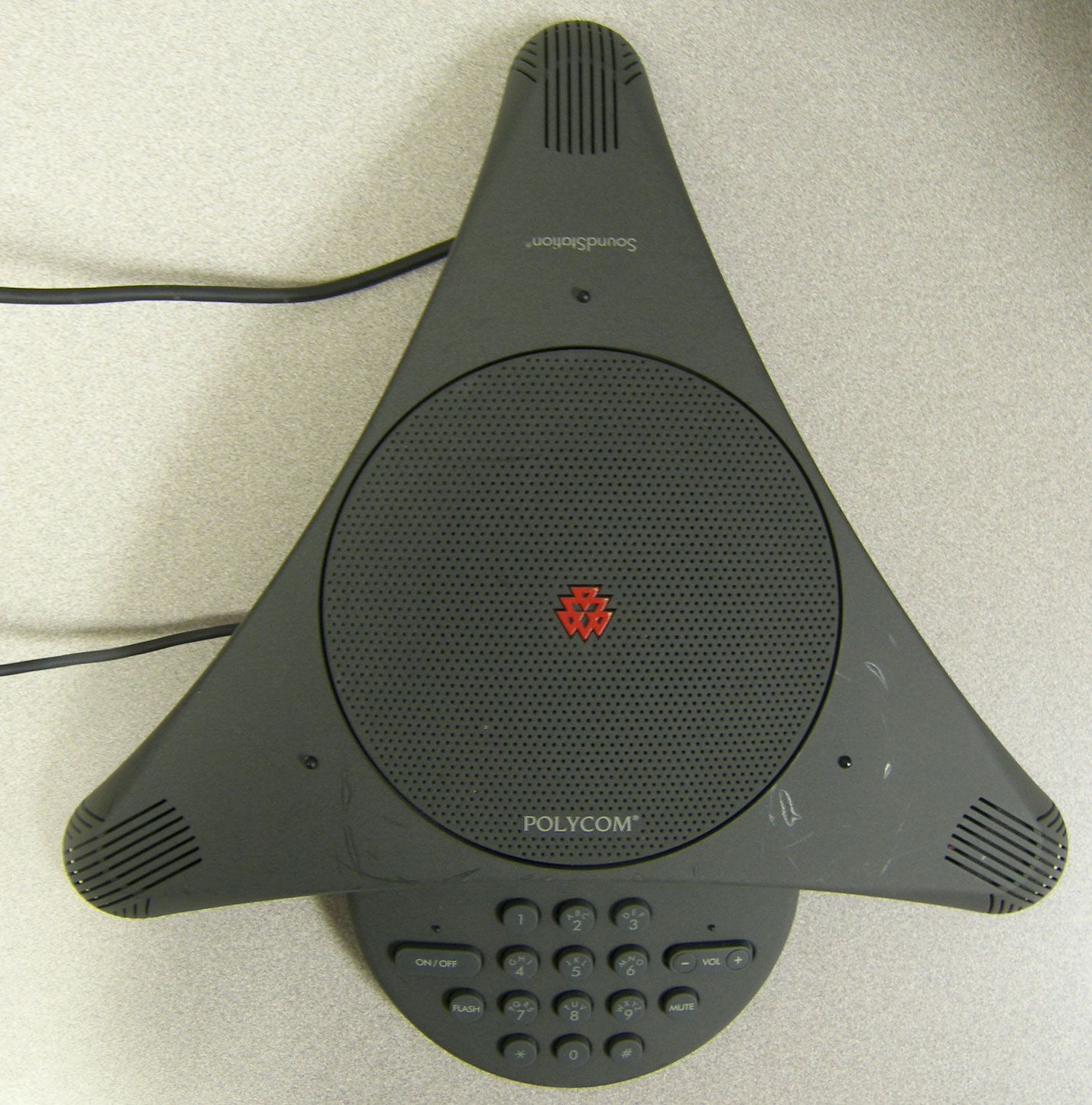

- #Best equipment to record lectures how to
- #Best equipment to record lectures pdf
- #Best equipment to record lectures full
- #Best equipment to record lectures software
- #Best equipment to record lectures download
#Best equipment to record lectures how to
While recording, I sometimes jump over to the desmos or WolframAlpha apps to show a graph or a calculation, or even to demonstrate how to use those apps.
#Best equipment to record lectures pdf
This serves to emphasize the information while I am talking, but it will not appear as an annotation on the finished pdf file. Sometimes, while talking, I will highlight something on the slide, and then immediately hit "undo". While recording, I use different colors of pens and highlighters to write and point to information.So, I sometimes pause, write/type some annotations on the screen, then un-pause and say, "Now you can see I've written." (Turn off pop-up notifications from all other apps first!) It is also easy to pause recording. You can use the app to record a specified area of the screen, but I just have it record the whole screen. I chose Inkredible because it allows me to load a pdf, has easy-to-use writing tools, looks good in landscape mode, allows me to switch pages easily without scrolling, and is not expensive.) I open the Inkredible app on my tablet and import that pdf file. I say, "You can pause the video and visit this url to see the same graph." While recording the video later, I can switch to the desmos app on my tablet and show that graph and demonstrate things with it. I sometimes include a url to a desmos graph.I have some slides with much more blank space perhaps the statement of a problem is on the top and the rest is blank, to leave space for writing. I have some slides with "all information", like definitions and theorems, or pictures of graphs, etc.But, it's important for what I do later that I have a pdf file to write on. You could use Powerpoint, Google Slides, or anything similar. I use Beamer to make some slides to present during the video.
#Best equipment to record lectures download
I then share these videos with students, along with a link to download the annotated slides. I use an app on a tablet device to record my voice and the screen as I write on the slides with a stylus.

#Best equipment to record lectures full
But I know that when I started searching online for suggestions, I could not find a full description of anyone's method. I cannot claim this is popular, nor that it is necessarily the best, feasible option for everyone. The occasional "typo" or slip of the tongue doesn't matter too much and gives people something to ask questions about in comments. Only rerecord if you think your explanation is going on too long/is too complicated/is really bad/misses some really crucial point. My advice: if you're trying to produce videos like this, don't aim for perfection, trying to rerecord every little glitch. In the past I used this to produce a flipped lecture course on algebraic topology:Īnd am in the middle of doing the same for my linear algebra lectures for next term (for coronavirus-reasons) This may sound like a big faff to set up, but once it's up and running you can record quite quickly: I made eight videos today. Then I end up with an HTML page with the notes and the video embedded at the top. I have a Python script (available here: ) which outputs HTML from the lzl file, in particular turning tikz into embedded images and rendering maths using MathJax. Technically, it's not LaTeX that I write, but a shorthand I devised a few years ago which I call lazy latex (lzl). including bloopers in the final cut) and also gives students a transcript. Once I've got a video ready, I watch it back and type up a transcript (with timings) in LaTeX: this ensures that the splicing didn't introduce any errors (e.g. I upload to YouTube, though I'm looking into also uploading to alternative sites that are accessible from within China. I use flowblade ( ) to splice these together and then use ffmpeg to compress them.

I use xournal ( ) and record what I'm writing and saying using a screencasting program called vokoscreen, starting and stopping occasionally so I get a bunch of video files. I have an old Wacom Bamboo tablet and pen and a microphone. Save on your local computer, so you are not limited by Zoom's cloudĬaveat: I am not an expert.They are already YouTube experts.Ĭoncerning processing time (OP: "Zoom servers seem to be swamped, with like 24 hr processing times before a video can be viewed."). Select "unlisted" and send your students the URL. They already have a sophisticated setup that your local IT cannot match. "YouTube re-encodes every upload at multiple resolutions so your viewers can." etc. I recommend ignoring your IT's advice to use Moodle or Blackboard. Re point: There is an option to track the mouse cursor (or not).

And eventually stitched the ~8 recordings into one (using QuickTime edit: drag each into the 1st). So I recorded, stopped, recorded, stopped.
#Best equipment to record lectures software
A few notes that may help those in similar software situations: I just spent ~3 hrs making a 4-min video :-).


 0 kommentar(er)
0 kommentar(er)
